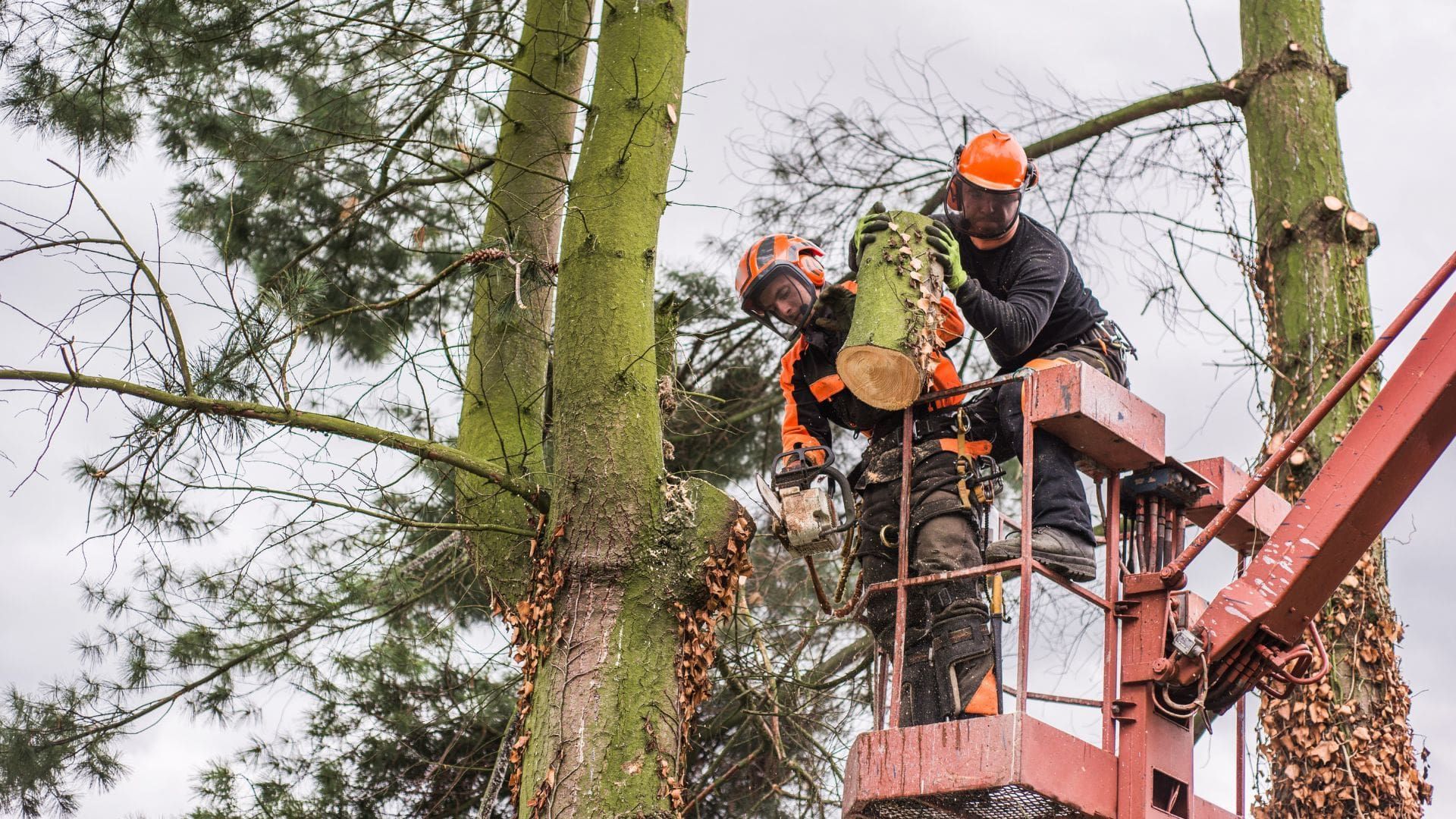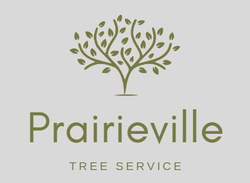The Role of Tree Cutting in Urban Development: Balancing Growth and Green Spaces

As we navigate the intricate landscape of urban development, one aspect often overlooked is the intricate dance between tree cutting and the creation of vibrant city spaces. The intricate balance between growth and green spaces holds a key to the sustainable future of our urban environments. Join us as we unravel the complexities and solutions that lie at the intersection of progress and preservation, shedding light on the importance of finding harmony in the midst of urban expansion.
Key Takeaways
- Zoning regulations influence tree cutting permissions in urban areas.
- Incorporating green infrastructure is vital for balancing growth and green spaces.
- Community engagement ensures informed decisions about tree cutting.
- Sustainable building practices reduce environmental impact in urban development.
- Implementing strict regulations and tree planting initiatives help mitigate negative consequences.
Environmental Impact of Tree Cutting
Examining the environmental impact of tree cutting reveals important insights into the delicate balance between urban development and preserving green spaces. In Prairieville, LA, where rapid urbanization is occurring, tree cutting has become a common practice to make room for new infrastructure and housing developments. However, this practice comes with significant consequences for the environment.
Tree cutting in Prairieville, LA, has led to the loss of essential habitats for wildlife, disruption of ecological processes, and increased carbon emissions. Trees play a critical role in maintaining biodiversity, regulating temperature, and absorbing carbon dioxide. When trees are cut down, these necessary functions are compromised, impacting not only the local ecosystem but also contributing to global climate change.
To mitigate the environmental impact of tree cutting in Prairieville, LA, it’s essential to adopt sustainable practices such as reforestation, implementing green infrastructure, and incorporating green spaces into urban planning. By balancing urban development with the preservation of green spaces, cities like Prairieville can ensure a more sustainable future for both the environment and its residents.
Urban Planning Considerations
What key urban planning considerations should be prioritized to address the impact of tree cutting in Prairieville, LA? When it comes to balancing urban development with green spaces, several important factors need to be taken into account. Firstly, zoning regulations play a significant role in determining where and how much tree cutting is permissible. By creating clear guidelines that prioritize the preservation of mature trees and green areas, urban planners can guarantee sustainable development.
Additionally, incorporating green infrastructure into the city’s master plan is essential. This includes creating green corridors, parks, and green roofs to compensate for the loss of trees due to development projects.
Moreover, conducting thorough environmental impact assessments before approving any tree cutting activities is crucial. These assessments should evaluate the ecological value of the trees, potential habitat loss, and the overall impact on the local climate.
Lastly, promoting the use of native tree species in landscaping projects can help maintain biodiversity and support the local ecosystem. By considering these urban planning considerations, Prairieville can strike a balance between growth and green spaces, ensuring a sustainable and vibrant urban environment.
Community Engagement and Awareness
To foster a sustainable urban environment in Prairieville, LA, proactive community engagement and heightened awareness are essential components in mitigating the impact of tree cutting on green spaces. Community engagement plays an important role in ensuring that residents are informed about the reasons behind tree cutting activities, the potential benefits, and the strategies in place to mitigate environmental impact. By involving the community in decision-making processes, such as holding town hall meetings or creating online platforms for feedback, residents can feel empowered and have a voice in shaping their surroundings.
Increasing awareness is equally essential, as educating the public about the importance of green spaces and the value of urban trees can garner support for sustainable development practices. Utilizing social media, workshops, and educational campaigns can help disseminate information effectively. Encouraging residents to participate in tree planting initiatives or volunteering for local conservation efforts can further strengthen community bonds and create a shared sense of responsibility towards preserving green spaces amidst urban development.
Sustainable Development Practices
Incorporating sustainable development practices into urban planning involves aligning growth strategies with environmental conservation efforts to foster a harmonious coexistence between urban expansion and green spaces. To achieve this balance, cities can implement various strategies.
One effective approach is the promotion of mixed land use, which encourages the integration of residential, commercial, and recreational spaces within neighborhoods. This reduces the need for extensive commuting, thereby decreasing carbon emissions and preserving green areas.
Additionally, investing in green infrastructure such as green roofs, permeable pavements, and urban forests can enhance biodiversity, mitigate the urban heat island effect, and improve air quality.
Furthermore, incorporating sustainable building practices like utilizing energy-efficient materials, implementing proper waste management systems, and designing structures that optimize natural light and ventilation can greatly reduce a city’s environmental footprint. Collaborating with local communities, businesses, and government entities to develop and enforce green building codes and standards is essential for promoting sustainable development in urban areas.
Mitigation Strategies and Solutions
Implementing targeted tree planting initiatives can effectively mitigate the impact of tree cutting in urban development, promoting a balance between growth and green spaces. To counteract the loss of trees, cities can adopt strategies such as implementing strict regulations that require developers to plant a certain number of trees for each one removed. These regulations guarantee that the urban landscape remains green and sustainable despite ongoing development projects.
Furthermore, investing in community tree planting programs can engage residents in the process of enhancing green spaces within the city. By involving the community, cities can foster a sense of ownership and responsibility towards maintaining and growing urban forests. These initiatives not only contribute to mitigating the effects of tree cutting but also promote environmental awareness and stewardship among citizens.
Additionally, utilizing innovative technologies like tree mapping software can aid urban planners in identifying suitable locations for tree planting. Such tools enable precise planning and efficient use of available spaces, maximizing the impact of new tree plantings in urban areas. Overall, a combination of regulatory measures, community involvement, and technological advancements can effectively mitigate the negative consequences of tree cutting in urban development, ensuring a harmonious coexistence between growth and green spaces.
Frequently Asked Questions
Can Tree Cutting Lead to an Increase in Air Pollution?
Yes, tree cutting can lead to an increase in air pollution. When trees are removed, the natural air filtration they provide diminishes. To combat this, we should prioritize sustainable urban planning that preserves green spaces.
How Are Wildlife Habitats Affected by Urban Tree Cutting?
Urban tree cutting disrupts wildlife habitats by removing shelter and food sources. Our community can mitigate this impact through strategic planning, preserving green corridors, and integrating wildlife-friendly design in urban development to support biodiversity and balance growth.
What Measures Are Taken to Preserve Historical Trees in Urban Areas?
When it comes to preserving historical trees in urban areas, we implement careful planning and conservation efforts. By collaborating with experts and incorporating community input, we guarantee these valuable green landmarks remain integral parts of our urban landscape.
Are There Any Regulations on the Types of Trees That Can Be Cut?
Yes, there are regulations on the types of trees that can be cut in urban areas. These regulations aim to balance development needs with environmental concerns, ensuring that tree cutting is done responsibly and sustainably.
How Do Cities Ensure the Replacement of Trees After Cutting Them Down?
To guarantee tree replacement post-cutting, cities implement tree planting programs, monitor compliance through inspections, and engage communities in greening initiatives. These efforts aim to maintain urban greenery while accommodating development needs sustainably.
Conclusion
To sum up, balancing growth and green spaces in urban development is essential for sustainable progress.
By prioritizing tree conservation, implementing sustainable practices, and engaging the community, we can create a harmonious environment that benefits both people and nature.
Let’s work together to preserve our green spaces, promote biodiversity, and build a thriving city that values the importance of trees in our urban landscape.
Leave a Comment
Your email address will not be published. Required fields are marked *
